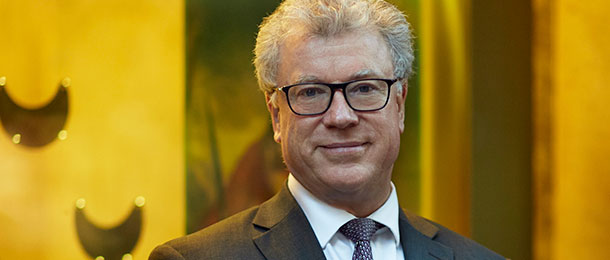The latest superannuation statistics from the Australian Prudential Regulation Authority (APRA) say it all. At 30 June 2017, SMSF assets stood a shade under $700 billion at $696.7 billion, confirming the sector’s status as the largest superannuation segment with 30 per cent of all assets. In the past 12 months, SMSF assets have increased by 9.8 per cent, underlying the sector’s solid growth trajectory.
These assets are spread over nearly 1.1 million SMSF members in funds that are close to numbering 600,000, compared with 668,000 members and 350,000 funds at 30 June 2007. The asset growth has been even stronger. At 30 June 2007, SMSF assets stood at only $312.1 billion before the global financial crisis, so the fact they have more than doubled in a decade marked by market volatility and, for much of the period, low interest rates, speaks volumes for trustees’ investment acumen and the quality of the specialist advice many receive. The cream on the cake for SMSFs has been the strong endorsement by two major inquiries over this period – the Cooper and Murray reports in 2010 and 2014 respectively.
Quite clearly the importance of this asset base cannot be understated, not just in terms of what it means to the retirement aspirations of more than 1 million Australians, but also for the critical investment role it plays in our economy – $700 billion is not small change.
From the SMSF Association’s perspective, understanding more about how trustees approach the management of their funds is critically important. There is a growing body of research around super, including SMSFs, but given its pivotal role in our economy and people’s lives, more much needs to be done. When there is a $2.3 trillion honeypot, the need for this policy area to be underpinned by rigorous research cannot be overstated.
For these reasons, the association has decided to establish a Global Centre of Excellence for Retirement Savings, based in Adelaide, which will be up and running next year. It’s our firm belief the timing is ideal to establish a policy think tank that will provide the opportunity for thought leadership on key areas in the retirement savings market.
There is any number of topics for researchers to delve into, including the design of retirement incomes policies, behavioural economics and investment markets, aged care and mental capacity, indeed, all social, economic and community issues that influence people’s retirement. Comparisons with other countries’ retirement income systems will also be an important part of the research agenda; what could add or detract value from our compulsory system.
Technology too will be a focus with the goal to advance the technological architecture of the SMSF sector by providing an industry hub to develop data standards for SMSFs and new applications of IT to SMSF administration. It’s worth noting if the combined effect of all research was to improve the average performance of the SMSF sector by 1 per cent a year, it would translate into an extra $7 billion to benefit both individual fund members and the Australian economy. It would also have fiscal implications by helping reduce reliance on the age pension.
Academics, PhD students, industry participants and other interested parties will be actively encouraged to proffer their research ideas, with the centre then forensically assessing each one on its merit. The centre will also act as a clearing house for existing literature and research into retirement issues.
The initial interest in the centre is extremely encouraging. The first step is establishing the academic advisory group with the input of Dr Phillip Dolan, currently adjunct professor at Monash University, and former dean of the UWA Business School and former head of the Macquarie University Applied Finance Centre and Actuarial Program.
The universities approached to assess their level of interest in the advisory group, including the University of Adelaide, Monash University, University of Western Australia, Curtin University, Griffith University, UNSW and Macquarie University, revealed a keen interest in the concept and an understanding of the importance of the need for quality research in this policy area.
It’s not just universities. Government bodies such as the ATO, APRA and Treasury are envisaged as having a key role to play, not least because of their capacity to provide much of the raw data on which research can be based. Also on our radar are financial institutions, other professional bodies and SMSF service providers.
The Melbourne Mercer Global Pension Index has consistently rated the Australian superannuation system as one of the best retirement income systems in the world, suggesting our policymakers and the industry are getting much right. But super’s importance to individual Australians and the broader economy is too great to rest on past successes. The need for research-based policy that improves the system today, as well as helping meet the challenges of tomorrow, remains paramount.



